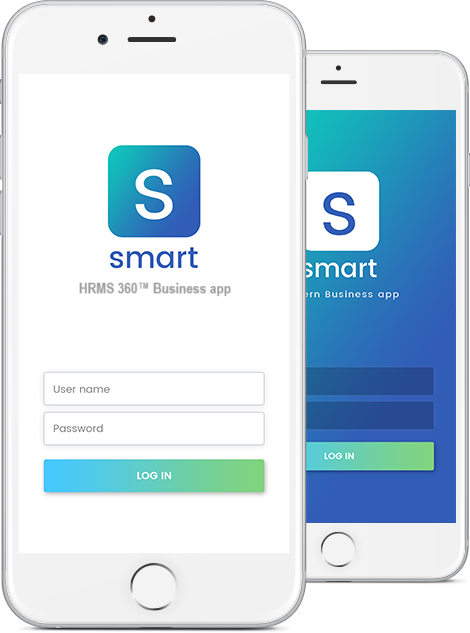How Can HRMS Simplify Complex Operations?
02 July 2025
In today’s fast-paced business world, managing human resources has evolved far beyond payroll and recruitment. Modern organizations face increasingly complex operations — from compliance tracking and performance management to employee engagement and hybrid workforce management. Here’s where a Human Resource Management System (HRMS) becomes indispensable.
What is HRMS?
HRMS, or Human Resource Management System, is a comprehensive suite of software tools that automates and integrates various HR functions. Think of it as a digital backbone for your HR department — streamlining processes, reducing paperwork, and improving decision-making.
1. Centralizes Employee Data
Managing employee records across spreadsheets and scattered systems leads to inconsistencies. HRMS provides a single source of truth — storing all employee details, documents, roles, and histories in one centralized database. This reduces duplication, improves data accuracy, and ensures better compliance.
2. Automates Routine Tasks
Manual attendance tracking, leave approvals, payroll calculations, and onboarding steps consume valuable HR time. HRMS automates these repetitive tasks through configurable workflows — freeing HR teams to focus on strategic goals rather than paperwork.
3. Streamlines Compliance & Audits
Compliance with labor laws, tax regulations, and safety protocols is non-negotiable. HRMS ensures you stay audit-ready with automated alerts, statutory reports, and documentation tracking, minimizing human error and potential penalties.
4. Enhances Performance & Appraisal Cycles
Performance reviews often become subjective and irregular. HRMS platforms bring structured KPIs, goal setting, real-time feedback, and appraisal tracking — leading to fair, data-backed evaluations and stronger employee engagement.
5. Offers Real-Time Analytics
Top-level decisions require insight. Modern HRMS tools offer dashboards and analytics to help HR leaders track turnover trends, absenteeism, hiring effectiveness, diversity metrics, and more — enabling data-driven decisions.
6. Supports Hybrid & Remote Workforces
In the post-pandemic era, workforce management isn’t confined to physical offices. HRMS solutions offer cloud-based access, self-service portals, and mobile apps so employees can apply for leave, mark attendance, or access payslips anytime, anywhere.
7. Boosts Employee Experience
From automated onboarding to personalized engagement surveys, HRMS plays a crucial role in shaping a positive employee experience. Self-service features reduce dependency on HR, while feedback tools create a culture of transparency.
Final Thoughts
An HRMS is not just a tool — it’s a strategic enabler that transforms complex operations into agile, automated, and employee-friendly processes. Whether you are a startup or a large enterprise, embracing HRMS is a step toward building a scalable, compliant, and engaged workforce.





